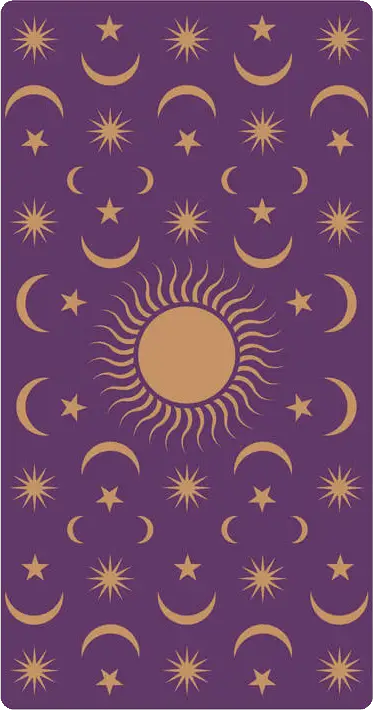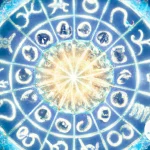Tarot cards provide an effective means of exploring spirituality and intuition, so take some time to decide on images for your deck that reflect what resonates with your emotions and feelings.
Tarot decks contain 78 cards divided between major and minor arcana. Crafting one requires time, commitment and dedication.
Printing
Making your own deck of tarot cards can be an exhilarating hobby, whether you are an expert or just beginning. From creating something basic or elaborate, the key is finding designs that speak to your intuition – and using research skills to explore ways of visualizing that intuitive connection. For instance, crystal enthusiasts could make cards using different gemstone symbolism; knitting enthusiasts could use needles as swords and balls of yarn as pentacles!
Tarot cards are used for divination and fortune telling. Arranged in a particular pattern called a spread, the querent may select one card to represent either their past, present, or future. Readings can be performed for yourself or others; their meaning determined by symbolism and imagery on the cards themselves.
Before beginning to create your tarot cards, it is crucial that you understand the printing process. There are various means by which art can be added to your cards: using digital drawing programs or hiring an illustrator can produce desired artwork on cards; however, talented artists may even paint/draw images themselves and digitize them later.
Paper
Crafting your own tarot cards can be a difficult task. It requires time and dedication to complete 78 cards that resonate with both yourself and clients alike. Each card should feature unique front and back images as well as carry special meaning. While this effort may prove challenging, its result will bring more satisfaction for both you and your clients alike.
When creating a deck of tarot cards, selecting the appropriate paper is of utmost importance. Tarot cards must be durable enough to withstand repeated handling without creasing, and this requires premium-grade paper that remains crease-free after shuffling or use. Furthermore, thin enough paper should allow images and numbers to appear clearly on its surface.
Step one of creating tarot cards involves selecting images for the fronts and backs. Materials available to you for this step could include plain cards, construction paper, adhesive paper or decorated paper – however the best choice for playing card-style designs will likely be white-backed paper to avoid bleed-through during printing.
Once you’ve chosen your images, the next step in designing cards on a computer will be designing them according to a fundamental layout for tarot cards – three pictures on each row and column – to make reading your cards simpler.
Ink
When creating your own tarot cards, many factors must be taken into consideration. First and foremost is choosing which kind of deck you are creating; Tarot cards are unique card games used for divination and fortune telling, unlike poker which is designed purely as entertainment. They must therefore be both beautiful and functional; durable enough to withstand being touched, flipped over frequently, shuffled between hands repeatedly while at the same time being well crafted using high quality paper materials.
Step one in designing your custom tarot deck should be to understand what the cards mean to you and identify appropriate imagery for the deck based on this meaning. For instance, if your deck relates to astrology then the images should include symbols that correspond with zodiac signs.
Once you have an idea for what your deck should look like, drawing cards becomes much simpler. A consistent theme running throughout your cards is key for creating an appealing deck; for instance, anime-based decks might feature similar art styles for all characters.
Once your cards are printed and bound into a booklet, they provide an effective way of showcasing and making more visually appealing your tarot cards. Consider adding a cover and index. A booklet makes an attractive way of presenting and showcasing tarot cards!
Cutting
Tarot decks differ from playing cards in that they’re printed on rectangular cardstock and cut by machines, creating 78 individual cards which can easily be shuffled and reorganized to form a reading deck. There are multiple ways of shuffling them; what matters most is making sure that they’re well mixed so as to be easy for you to handle.
Some tarot experts advise keeping new decks with you for at least a week prior to using them, so the cards can become familiar with your energy and vibrations. Others simply suggest shuffling vigorously; you could even try the running shuffle – an old casino favorite and great way to show off shuffling skills!
An alternative method involves separating the cards into three piles, one representing your past, one for your present situation and one to predict your future – this method is known as “three-card-method.” However, since shuffle can be more challenging with this approach it would be best to use a larger surface area for shuffling purposes.
Banicki and Bird agree that there is no “right way” to shuffle cards; rather, choose one that feels comfortable for your hands and works. And don’t ignore any cards that come flying out – Banicki and Bird agree that flying cards may contain important messages! Don’t ignore it; allow it all the more chance!
Folding
There are various approaches to creating tarot cards, but a few fundamental principles will help get you underway. You should aim for making your decks as visually appealing as possible; consider balancing positive and negative space when designing compositions so they are both appealing to look at and easy to read – overcrowding an image can cause it to be lost among its surroundings, so leave some breathing room around important symbols or areas that need special emphasis.
Making your tarot decks more usable requires adding a guidebook with instructions for reading the cards, especially for newcomers to reading tarot on sites like Tarotoo. A guidebook can be especially beneficial to new readers who might otherwise struggle to interpret your designs and understand their significance. Furthermore, this could serve as an additional promotional opportunity.
Traditional silk cloth wrapping of tarot decks was intended to create a sacred space and protect them from wear and tear, though some readers still choose this approach. If you do opt for silk, be sure to only wash it using detergents which are safe for silk when washing it!
Three-card layouts are effective tools when you require fast answers to questions quickly. You can also use them to hone your reading skills or quickly identify how an issue affects the life of a querent in minimal time. Utilizing this spread allows you to see exactly how their issues are impacting their daily lives, and what solutions may be necessary.
Painting
Crafting your own deck of tarot cards is an engaging, creative, and satisfying activity that can help you explore your inner self and connect with intuition. Tarot readings should always be considered subjectively and treated responsibly by each individual who participates.
The Tarot deck of 78 cards represents different aspects of life, each one representing an aspect that has symbolic and deep symbolic meaning. Divination, guidance and meditation techniques may use them as powerful tools for tapping into one’s intuition and unlocking inner power and wisdom.
Most tarot decks include an accompanying booklet that provides interpretations and insights for each card in your deck. You can select single cards for simple readings, or combine multiple cards together into what is known as a spread for more in-depth insights – perhaps to answer specific questions or gain perspective into life’s direction.
Before sending artwork for printing, whether for personal or commercial projects, it is crucial that a test run be conducted first. This allows you to check for any imperfections or color issues which might appear during production and also provides you with an estimate as to how long and cost the process will take.







